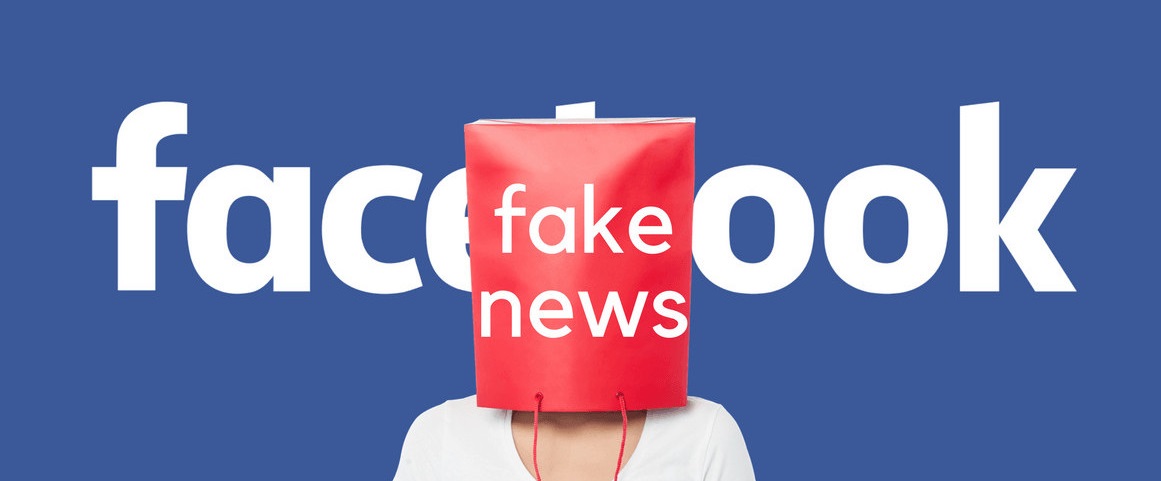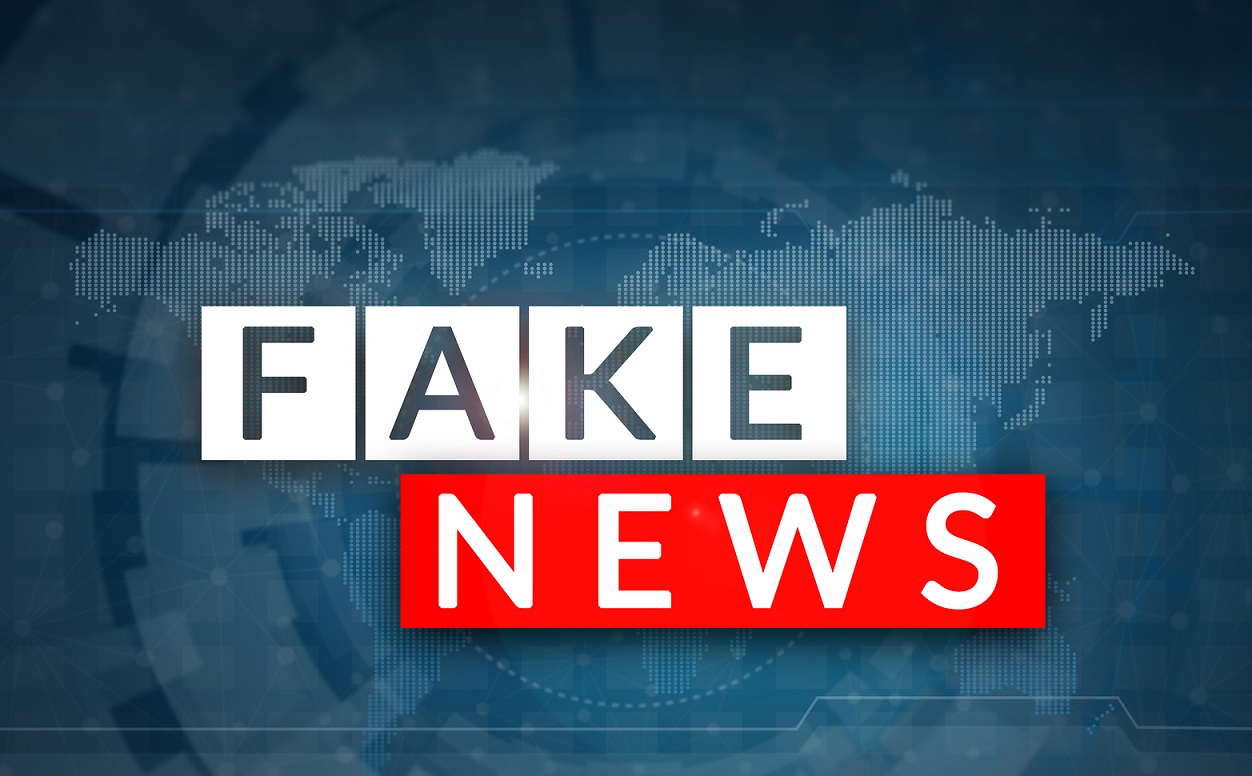Information and Communication Technology (ICT) has reached at its peak in this 21st century. As a result, getting news, information has become very much easy and cheap. ICT has also made this civilization fast, made our life easy and comfortable materially and physically. Now we can take any decision promptly, smartly and quickly. A large volume of works can be done within the shortest period of time.
Human beings are, by born, very much curious about news and information. Though a big number of people would live in the jungle and cave during the old ages, most of those backward people, during that period, had also their own languages and utilized various means of communication for getting news and necessary information available at their time.

But we are informed about a news from various point of views based on informer’s ideology, belief and political identity. Being highly biased or being self-censored reporters and their media treat and present a news from their own interests and point of view. Due to extremely easy availability of news source and highly sophisticated news media, sometimes, ordinary people get confused about the facts and actual findings of an event.
If we look into the history of news and information, we would find that in the ancient Rome general news or information about the state, elections and victories were just transmitted orally among Romans. There were also some additionally delegated persons who were announcing information on main forum in the cities. Prior to medieval times, there were several sophisticated methods of message dissemination, including the messenger systems of the Persian Empire, and the relay-runner system of the Inca state. When the Roman Empire dissolved, Western Europe began to rely less on state messengers and more on private arrangements made between groups and individuals.

Communication of legislation was important for medieval rulers, but, as today, people were also able to spread rumours and gossip. It is not always clear where medieval, or indeed modern, rumours began, but there is no doubt that they could spread quickly. In the Muslim empire and dynasty, during the Middle Ages, towns, universities, mosques, religious schools and trading companies all had their own messengers, some of whom were protected by imperial decree. Across Europe the Papacy had its own courier system, in order to keep in touch with its clergy and churches.
Since the late 20th century and onwards the digital world has exponentially changed the way how most of us get our daily news. People used to sit in front of the television for hours to watch the news as they were served with no option of filtering, read old news in the newspapers. But today, technological advancement with the advent of social media, Android and iOS applications have drastically changed the way news reach people. The appeal and necessary of newspapers and print media has significantly been reduced.
The effect of technology in the news industry is immense. The Internet has changed the way we get informed and communicate in revolutionary ways. We can quickly get access to any latest events through Twitter, Instagram, and Facebook or through news applications on our phone.
Information channels are now way more advanced. So, nobody has to waste hours sitting in front of TV or Radio to get a single piece of information. Live streaming apps have been introduced by many companies in news industry to provide all the information within seconds wherever you are. There are different platforms like Periscope which permits its audience to watch live videos from different users around the globe and it is considered an important part of the newsgathering process.
Moreover, various social media most effectively facilitate various social movements in this 21st century that have changed the world forever in some aspects. Social movements advance their work through the media. It is easier, less costly as well as very fast to link collective behavior as real time communication can occur vastly and simultaneously via social media. Some examples of online movements include: Mulea Campaign, 2009 Iranian presidential election protests, Egyptian revolution of 2011, Iranian protest, England Riots, Invisible Children, 2014 Venezuelan protests, The Zeitgeist Movement, #BlackLivesMatter, Say Her Name, #JeSuisCharlie, Worldwide Refugee Crisis, Refugees Welcome, #LoveWins, ALS Ice Bucket Challenge, Occupy Wall Street, March for Science, Me Too (hashtag) and Popolo Viola (Purple People) etc.

But, when the term “fake news” comes up, people usually think of social media posts with rather fantastic, implausible stories. This can also be termed as a neologism often used to refer to fabricated news. This type of news, found in traditional news, social media or fake news websites, has no basis in fact, but is presented as being factually accurate. Fake news may seem new, but the platform used is the only new thing about it. Propaganda has been around for centuries, and the internet is only the latest means of communication to be abused to spread lies and misinformation.
There are several categories of fake news, such as satire or parody- where there is no intention to cause harm but has potential to fool, false connection- when headlines, visuals or captions don’t support the content, misleading content- that is use of information to frame an issue or an individual, false context- when genuine content is shared with false contextual information, impostor content- when genuine sources are impersonated with false, made-up sources, manipulated content- when genuine information or imagery is manipulated to deceive and lastly fabricated content- where new content is 100% false, designed to deceive and do harm.
In the context of the United States and its election processes in the 2010s, fake news generated considerable controversy and argument, with some commentators defining concern over it as moral panic or mass hysteria and others worried about damage done to public trust. In January 2017, the United Kingdom House of Commons commenced a parliamentary inquiry into the growing phenomenon of fake news. Some, most notably United States President Donald Trump, have broadened the meaning of “fake news” to include news that was negative of his presidency.
From Russia, where around 45% of highly active Twitter accounts are bots, to Taiwan, where a campaign against President Tsai Ing-wen involved thousands of heavily coordinated – but not fully automated – accounts sharing Chinese mainland propaganda, the studies show that social media is an international battleground for dirty politics.
The reports, part of the Oxford Internet Institute’s Computational Propaganda Research Project, cover nine nations also including Brazil, Canada, China, Germany, Poland, Ukraine, and the United States. They found “the lies, the junk, the misinformation” of traditional propaganda is widespread online and “supported by Facebook or Twitter’s algorithms” according to Philip Howard, Professor of Internet Studies at Oxford.
At their simpler end, techniques used include automated accounts to like, share and post on the social networks. Such accounts can serve to game algorithms to push content on to curated social feeds. They can drown out real, reasoned debate between humans in favor of a social network populated by argument and sound bites and they can simply make online measures of support, such as the number of likes, look larger – crucial in creating the illusion of popularity.
Research also shows that Russia first developed its digital propaganda expertise for dealing with internal threats to stability and drowning out dissent to Putin’s regime. Russian propaganda on social media is well known in the west for its external-facing arm, including allegations of state involvement in the US and French presidential elections. But the nation’s social media is also heavily infiltrated with digital propaganda domestically according to the report on that country.

Governments, companies, and users are all waking up to how serious public opinion manipulation-as manifested in “fake news” can be. Governments in many countries are also starting to recognize that fake news is something that must be actively fought. Various government agencies are now setting up services to debunk stories that they consider to be false. They are also considering imposing regulations and punishing sites that do publish misinformation. The targets of these new regulations would include social networking services. This would make fake news very bad for business indeed, and so they are taking steps to fight it. The steps being taken also include the suspension of bot/suspicious accounts, adding features to allow users to report fake news, and hiring more personnel to help deal with these reports.
All the users of social media and information technology should educate themselves so that they could identify the signs of fake news, the psychology of fake news – what makes these campaigns work and how they are able to convince people. And this will empower ordinary people to resist them. Therefore, in order to keep the society free from confusion, misconceptions, mutual disrespect, mutual disbelief, unnecessary panic, suspense- all concerned and the people deep conscience should guard against it utilizing their ability authority, influence and talents from their respective places.
© Copyright: All rights reserved by the writer, Noore Alam Siddiqui



































